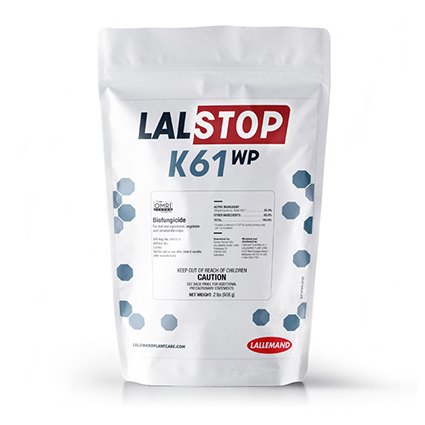Proposed Greenhouse Code Changes Voted Down
 The National Greenhouse Manufacturers Association (NGMA), along with other organizations, has successfully fought a potential change to the International Energy Code (IEC) that would have made glass, single layer polyethylene, and corrugated and polycarbonate largely unqualified as greenhouse glazings, at least in communities that follow the IEC.
The National Greenhouse Manufacturers Association (NGMA), along with other organizations, has successfully fought a potential change to the International Energy Code (IEC) that would have made glass, single layer polyethylene, and corrugated and polycarbonate largely unqualified as greenhouse glazings, at least in communities that follow the IEC.
Earlier this year, NGMA voiced the concerns of the greenhouse industry regarding the proposal known as CE56-19 and proposed by the NW Energy Codes Group, which would have placed significant and impractical regulations on greenhouse growers.
“NGMA opposed CE56-19 because it overreaches on regulating greenhouse energy and tries to lump every greenhouse together regardless of how it is used,” said Matt Stuppy of Stuppy Greenhouses and a member of NGMA. “Now is the time to protect the industry and make sure greenhouses are properly understood and the codes are correctly applied to different greenhouse applications.”
During a public comment hearing last month, Stuppy and others urged the International Code Council to disapprove of the proposed code, which Stuppy says failed to properly address the many differences in structure, glazing, and energy use among greenhouses designed for ornamentals production versus those used for other purposes. In addition, Stuppy and Green-Tek co-owner Paul Jacobson argued during the hearing that NGMA members were not consulted about the proposed code change, and that it could lead to regulatory burdens for many greenhouse growers.
“This decision will give growers the opportunity to pick the greenhouse covering that best fits their crop type and geographic location,” Stuppy says. “It also means that greenhouses will continue to be scrutinized for energy use, and the industry should plan to defend itself in the next round of energy code changes that will take place three years from now.”









